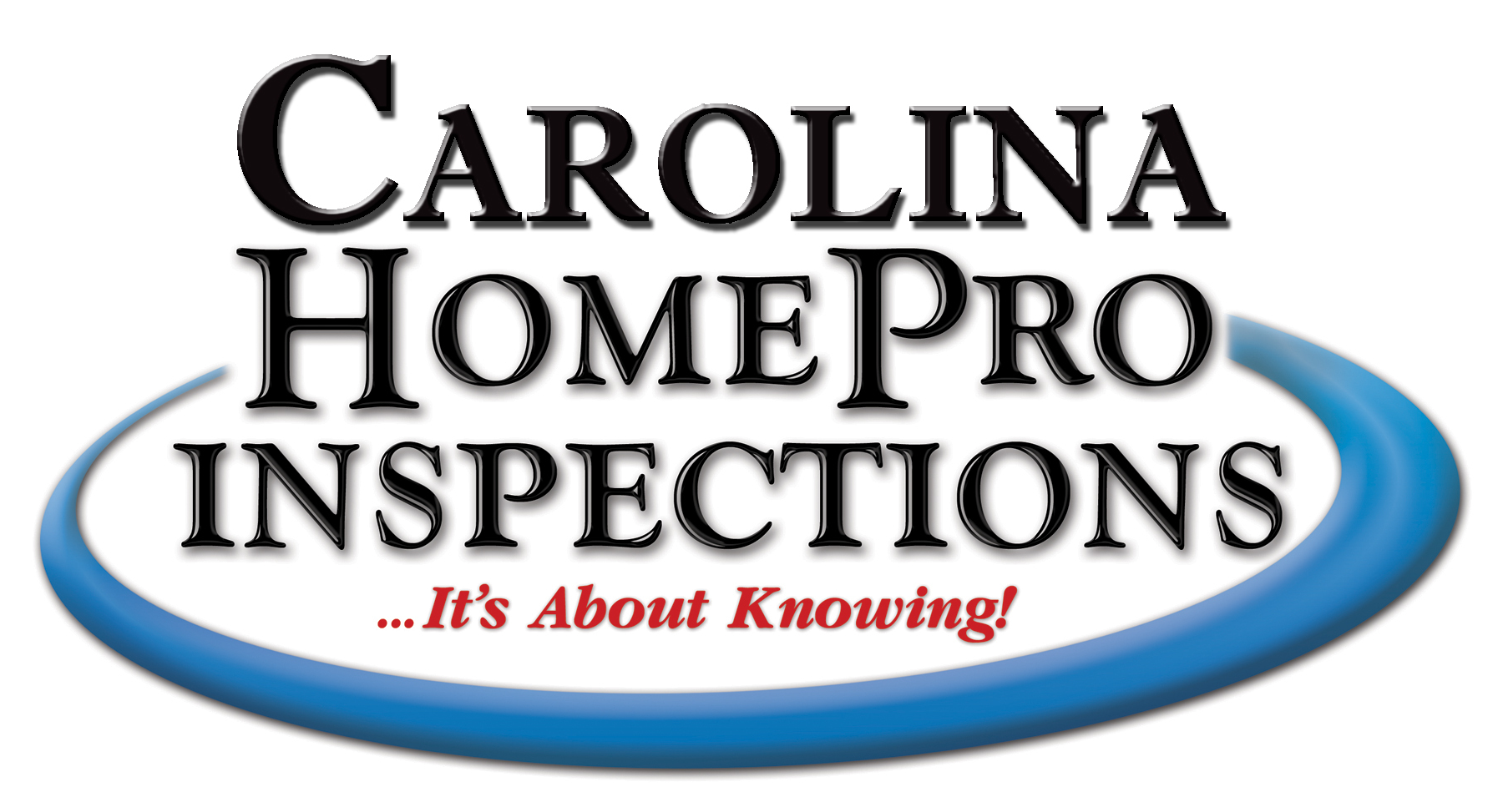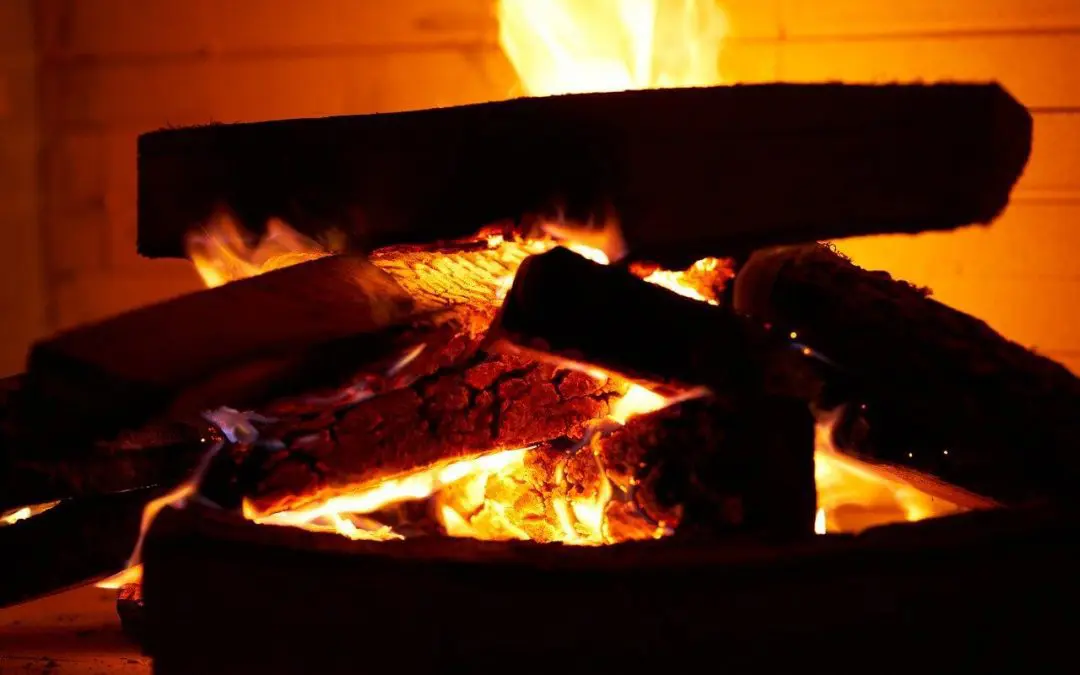Keeping Your Fireplace Safe
Fireplaces provide a cozy ambiance for the colder seasons. Improper use of a fireplace, however, is a major safety hazard. It’s up to you to make sure your fireplace is in good condition and that you know how to safely burn a fire indoors. Continue reading to learn how to heat your home this winter while incorporating fireplace safety.
Burn the right material
Using seasoned hardwood will minimize creosote buildup, a flammable material found in fireplaces that’s a byproduct of burning wood. Never use lighter fluid or other flammable liquids to start your fires. Starter logs and kindling like newspaper is the best method for safely lighting an indoor fire. Use a fireplace screen to keep ash and embers from entering your living space and starting a fire.
Monitor All Fires
Never leave a fire burning when you are unable to monitor it, even if you think the fire is well contained and you aren’t going far. If you intend on leaving, put the fire out. Don’t leave your fire burning overnight which the family is sleeping. Fires can start very quickly, and you need to be alert so you can take action if needed.
Schedule an Annual Inspection to Ensure Fireplace Safety
Before building your first fire of the season, schedule a professional chimney inspection and cleaning. For optimal fireplace safety, have your chimney cleaned once a year to clear out creosote buildup and animal nests that may create fire hazards.
Install Carbon Monoxide and Smoke Detectors in Your Home
Make sure carbon monoxide and smoke detectors are properly installed on all levels of your home and check that they are working. Change the batteries once a year and test them at least once a month.
Maintenance Means Fireplace Safety
Check the inside of your fireplace for cracks and have them professionally repaired before lighting your first fire. Ashes in your firebox can remain hot for up to three days, so wait long enough to make sure they’re completely cooled before removing them. Clean the firebox at least once a week to clear ash buildup, leaving about an inch of ash in the bottom.
Everything near your chimney outdoors can be a fire hazard, too. Trim any branches outside your home that are overhanging your chimney to keep the area clear of foliage and tree limbs. This will make sure airflow from the chimney isn’t restricted.
A fireplace is a nice feature that helps warm your home during winter. Follow these fireplace safety tips to keep your family comfortable and cozy all winter long.
Carolina HomePro Inspections offers inspection services, including radon testing. If you’re in the Charlotte, NC or the Rock Hill area of South Carolina, contact us to schedule our services.

